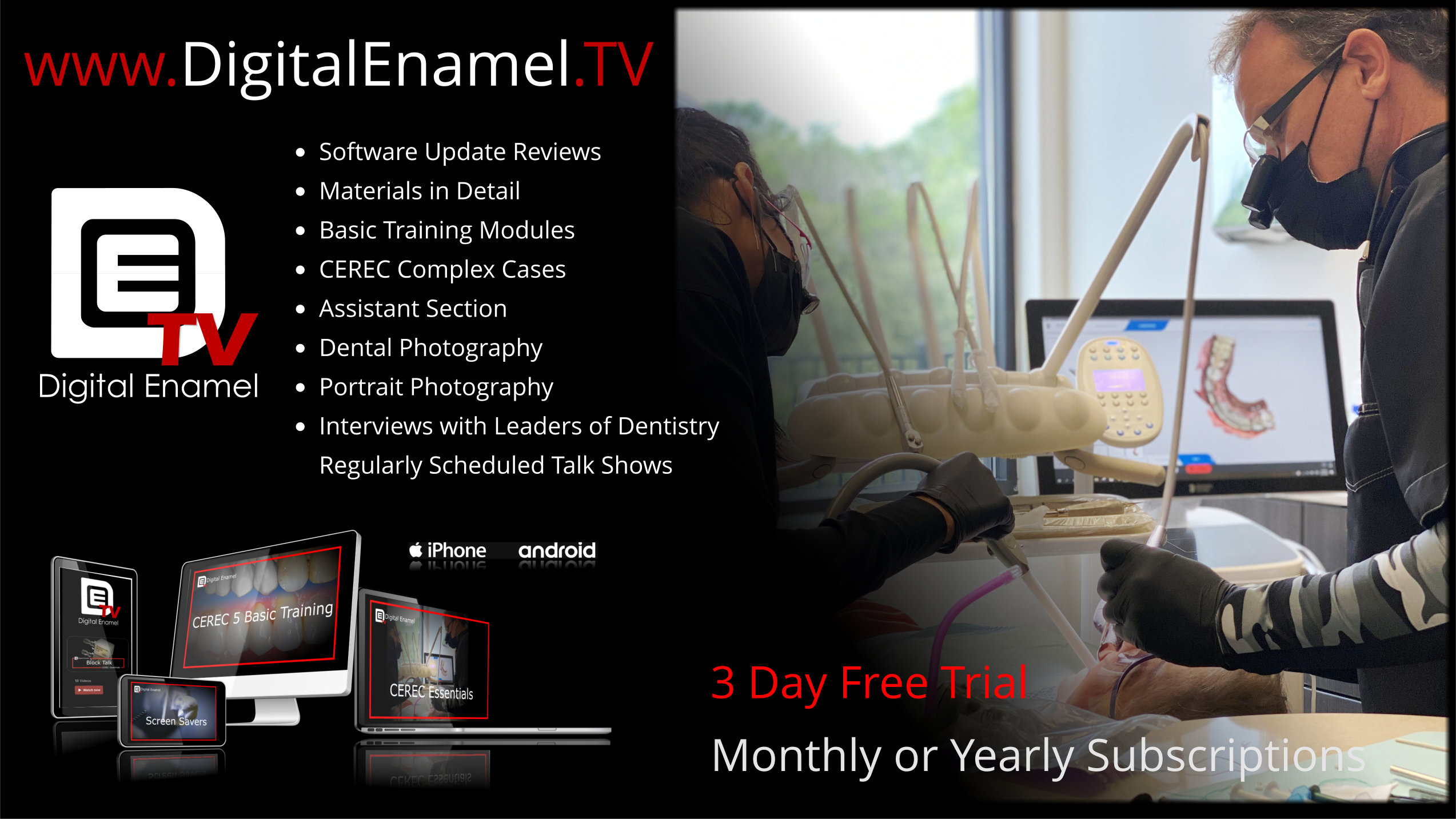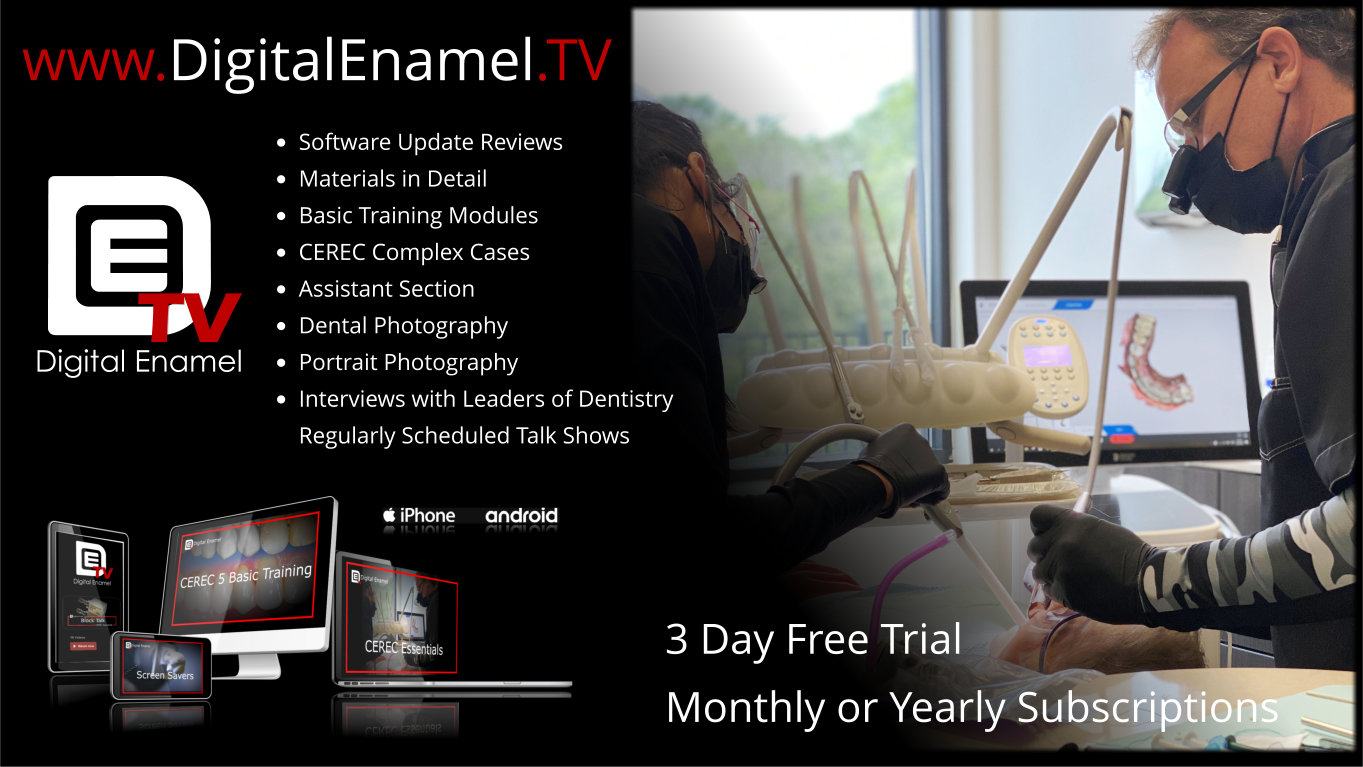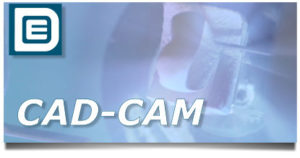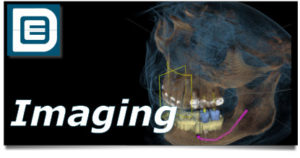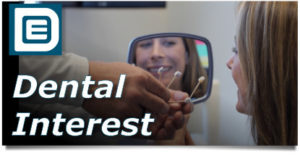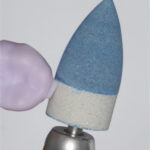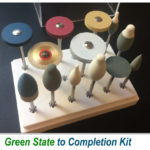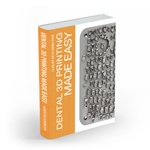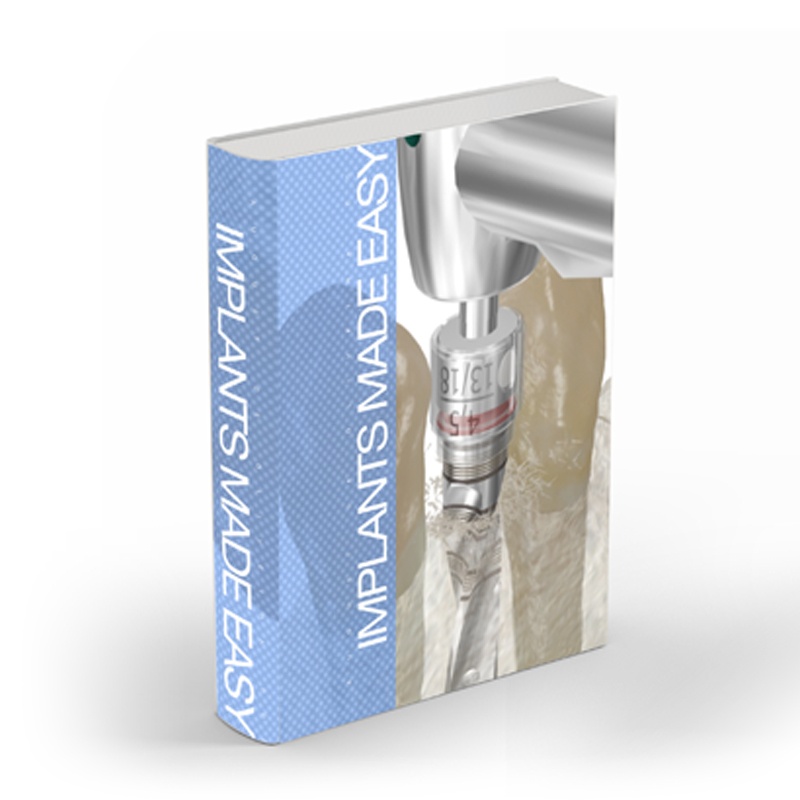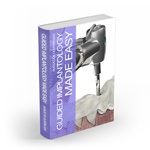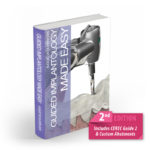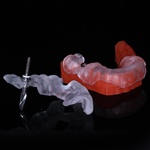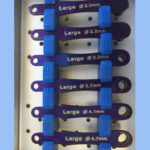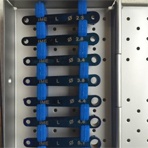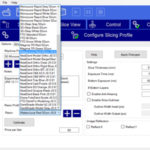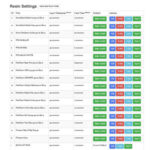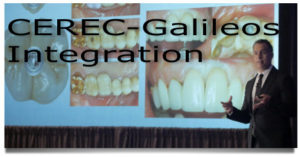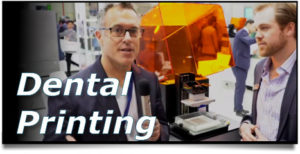I put together a video discussing both direct and indirect restorations for simple class 2 restorations. If you are interested in learning more about partial coverage, you should come to our “Only Onlays!” course! 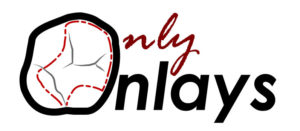
Direct composites are not too difficult to complete once you get the hang of it. However, they have their usual frustrations like:
- open contacts
- less control of embrasure shape
- flash of composite
- harder to set up: matrix, ring, wedge, etc.
- incremental curing
- occlusion guess
- etc.
Indirect inlays are easy too, but their difficulties may include:
- require expensive equipment, or lab to complete
- more technical preparation
- more steps for milling, polishing, etc.
- adhesive bonding
Direct composites have great attributes:
- cheaper than indirect
- excellent esthetics
- easy when all goes well
- prep designs are simple and more pathology driven
Indirect Inlays have their own positives:
- homogenous material, and no layered polymerization
- excellent esthetics
- complete control of shape: interproximal contact, embrasures, occlusion
- wow factor for patient
Our online education platform is awesome! Hundreds of videos that help your day-to-day use of CEREC! Works directly through your Apple or Android devices!
